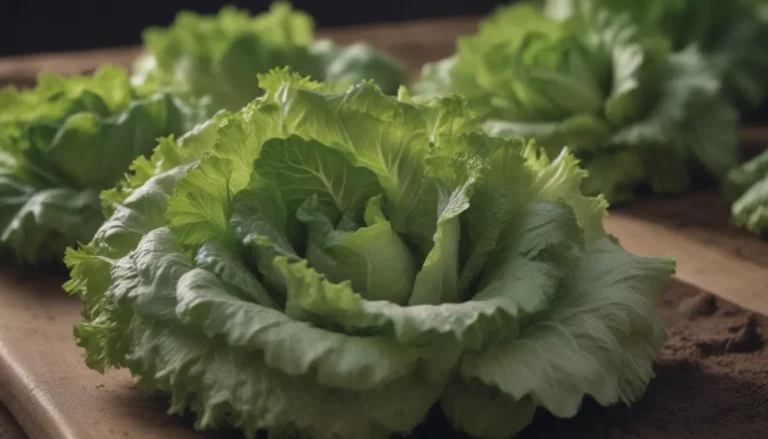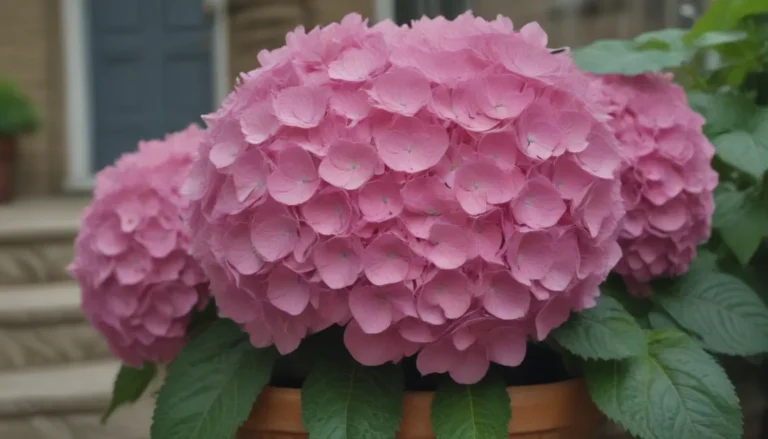Everything You Need to Know About Watering Your Lawn

Taking care of your lawn is essential to maintaining its lush green appearance and overall health. One key aspect of lawn care is knowing how much and how often to water your grass. Watering your lawn properly ensures that it remains healthy, free of dead patches, weeds, and excessive water bills. In this comprehensive guide, we’ll cover everything you need to know about watering your lawn to keep it looking its best.
Determining Your Lawn’s Water Needs
Understanding how much water your lawn needs is the first step in creating an effective watering schedule. As a general rule of thumb, most lawns require about 1 inch of water per week. However, this amount can vary depending on factors such as soil type and drainage.
- Sandy Soil: Sandy soil drains quickly, so you may need to water more frequently.
- Clay Soil: Clay soil retains water well, so you may need to water less often.
- Loamy Soil: Ideal for proper drainage, loamy soil strikes a balance between water retention and drainage.
Achieving proper drainage is crucial for maintaining a healthy lawn. To promote optimal growth, ensure your soil has the right balance of water retention and drainage capabilities.
How Long to Water Your Lawn
While knowing how long to water your lawn is important, it’s more critical to focus on giving your lawn the right amount of water. Typically, it takes about one hour for sprinklers to deliver 1 inch of water per week to your lawn.
Establishing a consistent irrigation schedule is key to meeting your lawn’s water requirements. Instead of watering all at once, consider breaking up your watering sessions into shorter intervals. For example, watering for 30 minutes twice a week can be more effective than watering for shorter durations multiple times a week.
- Tip: Adjust your irrigation schedule based on the type of sprinkler system you use. Different systems may require varying lengths of time to adequately water your lawn.
When to Water Your Lawn
The timing of your watering sessions can significantly impact the health of your lawn. The best time to water your lawn is early in the morning when the sun is low, reducing evaporation and allowing water to penetrate the root zone effectively.
Avoid watering your lawn late in the day or at night, as this can promote fungal growth due to prolonged moisture on the grass blades. Additionally, refrain from watering your lawn when rain is expected or has recently occurred. Monitor weather patterns to adjust your watering schedule accordingly.
Watering Cool vs. Warm-Season Grasses
Different types of grass require varying amounts of water depending on their growing season. Cool-season grasses like Kentucky bluegrass thrive in cooler weather and may need more frequent watering in late spring and summer. On the other hand, warm-season grasses like Bermuda grass are more drought-tolerant and require deeper, less frequent watering.
Tailor your watering schedule to the specific needs of your grass type, ensuring that you provide adequate moisture during periods of active growth.
Signs of Over-Watering or Under-Watering
It’s essential to monitor your lawn for signs of over-watering or under-watering to maintain its health. Some common symptoms include brown, dry patches (under-watering) or soggy, mushy areas (over-watering).
- Signs of Under-Watering:
- Brown and dry patches
- Wilting or curling grass blades
-
Soil that is hard and cracked
-
Signs of Over-Watering:
- Soggy or mushy areas
- Foul odor
- Excessive thatch buildup
Adjust your watering schedule accordingly based on these signs to prevent damage to your lawn and promote healthy growth.
Additional Tips for Lawn Watering
- Avoid watering at night: Moist grass blades overnight can promote fungal growth.
- Wait after fertilizing: Give your lawn time to absorb nutrients before watering.
- Follow product instructions: Different fertilizers may require specific watering schedules for optimal results.
By following these tips and guidelines, you can create a customized watering schedule that meets the needs of your lawn and promotes lush, green grass growth. Remember to adapt your schedule based on seasonal changes and weather patterns to ensure your lawn remains healthy and vibrant year-round.
Reference: The UC Guide to Healthy Lawns. Agriculture and Natural Resources, University of California.
In conclusion, proper watering is a crucial aspect of lawn care that directly impacts the health and appearance of your grass. By understanding your lawn’s water needs, determining the right watering schedule, and monitoring for signs of over-watering or under-watering, you can create a thriving, vibrant lawn that enhances your outdoor space. Take the time to implement these watering tips and enjoy a lush, green lawn that will be the envy of your neighborhood.





